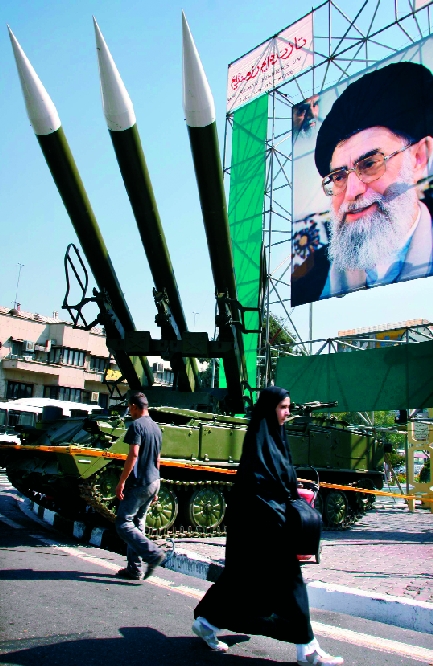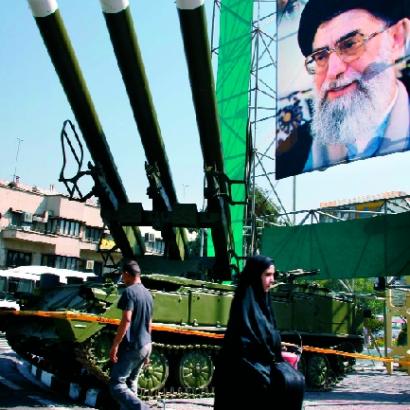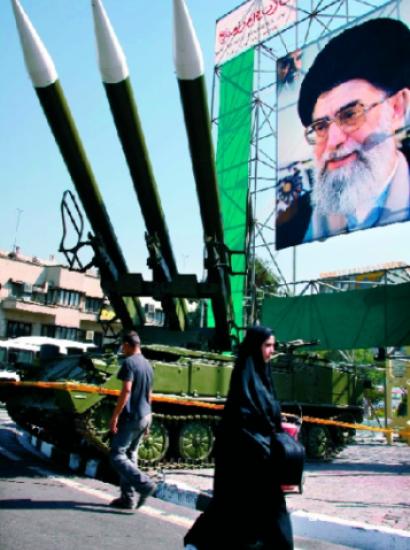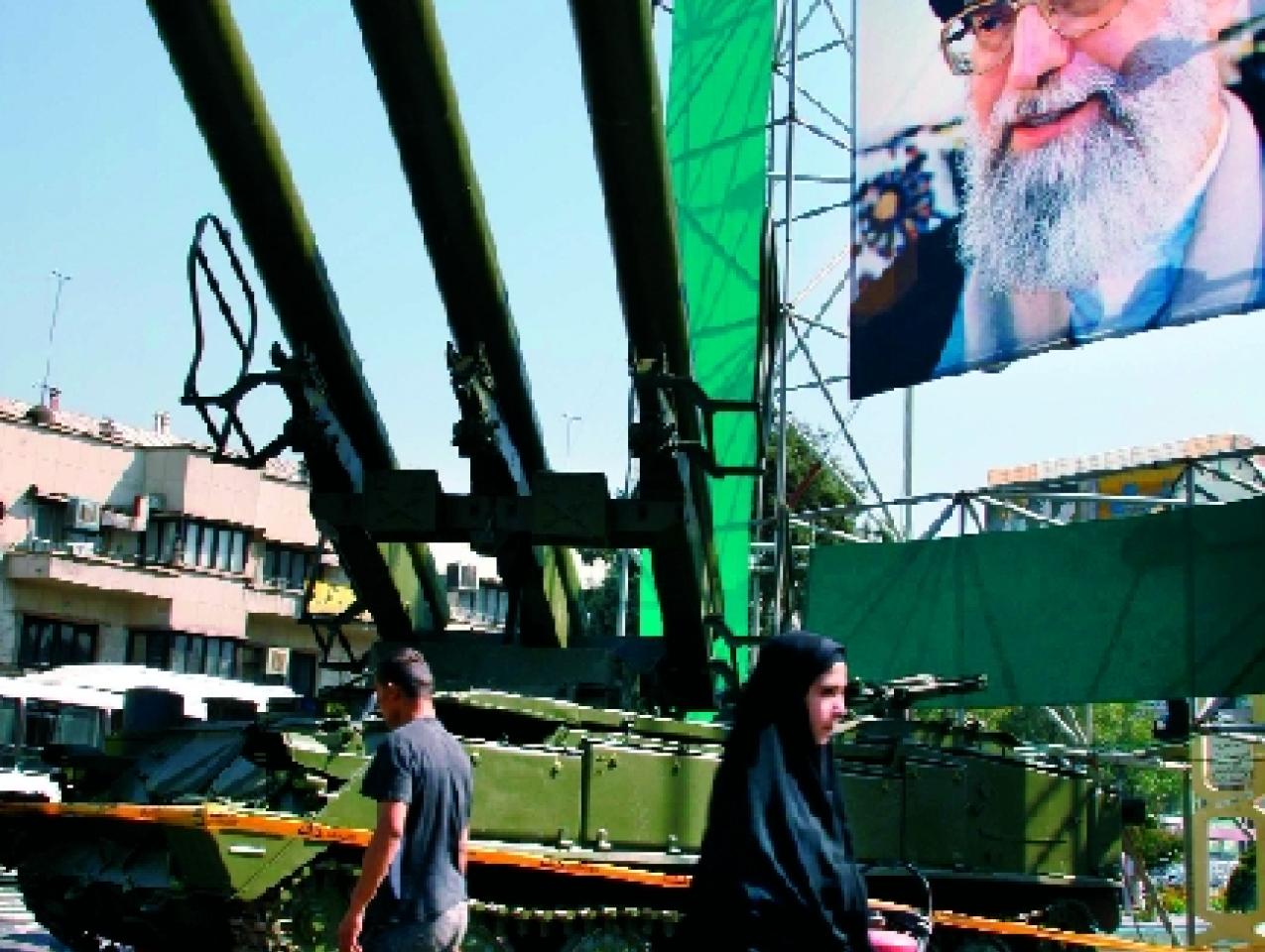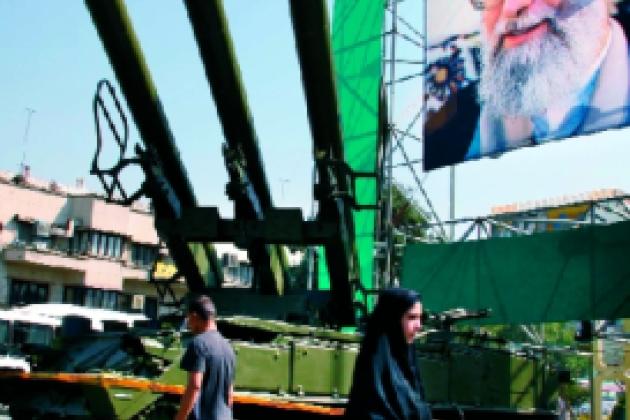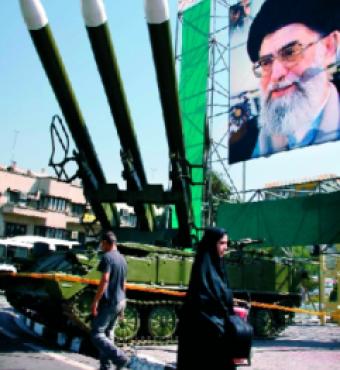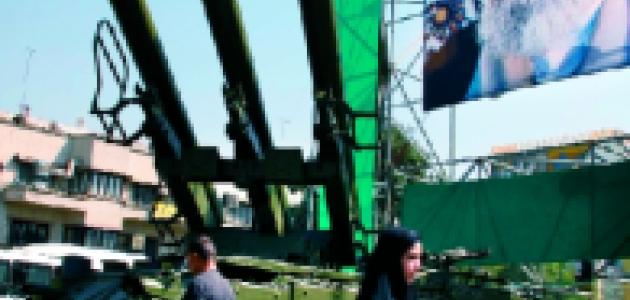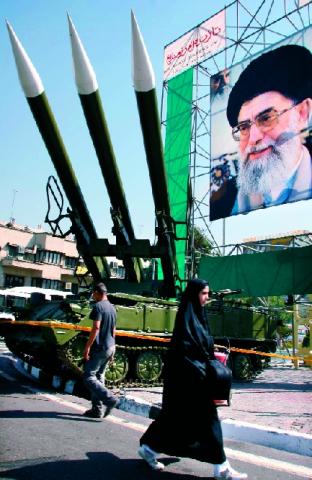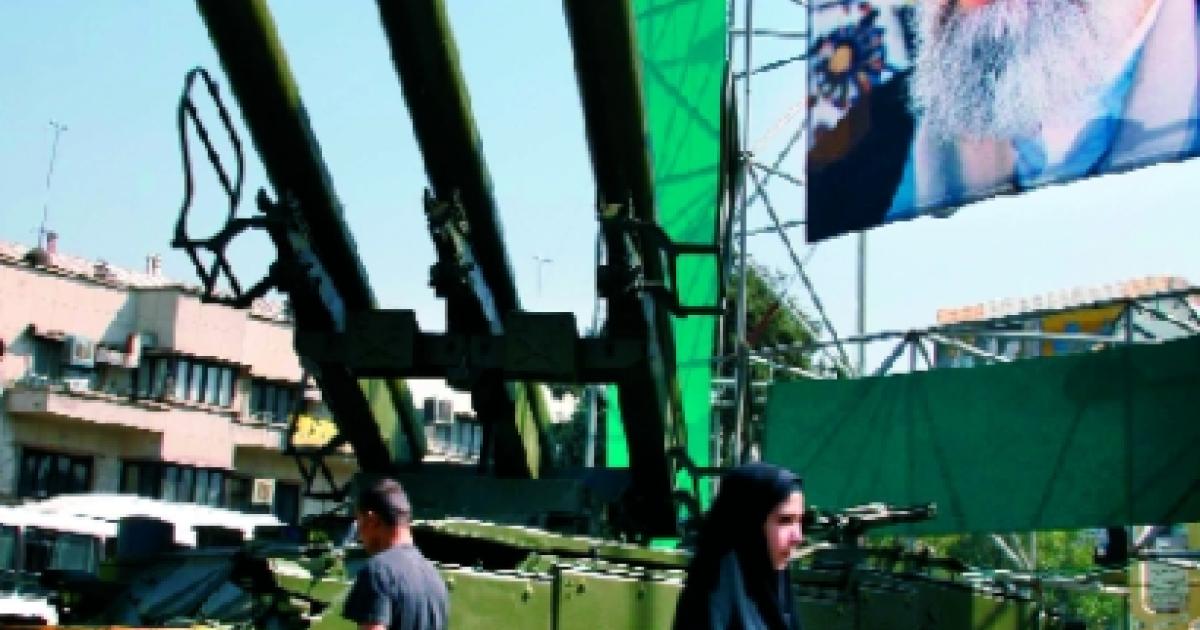Are we living through the origins of the next world war? It’s certainly easy to imagine how a future historian would deal with recent events in the Middle East:
“With every passing year after the turn of the century, the instability of the gulf region grew. By the beginning of 2006, nearly all the combustible ingredients for a conflict—far bigger in scale than the wars of 1991 or 2003—were in place.
“The first underlying cause of war was, of course, the increase in the region’s relative importance as a source of petroleum. The rest of the world’s oil supplies were being rapidly exhausted, and the breakneck growth of the Asian economies had caused a huge surge in global demand.
“A second precondition of war was demographic. European fertility had fallen below the natural replacement rate in the 1970s, whereas the decline in the Islamic world had been much slower. In Iran, the social conservatism of the 1979 revolution conspired with the high mortality of the Iran-Iraq war and the subsequent baby boom to produce, by the first decade of the new century, an extraordinary surplus of young men. More than two-fifths of the population of Iran had been aged 14 or younger in 1995. This was the generation that was ready to fight in 2007.
“The third and perhaps most important precondition for war was cultural. Since 1979, not just Iran but the greater part of the Muslim world had been swept by a wave of religious fervor. Although few countries followed Iran down the road to theocracy, the feudal dynasties or military strongmen who had dominated Islamic politics since the 1950s came under intense religious pressure.
“The ideological cocktail that produced ‘Islamism’ was as potent as either of the ideologies the West had produced in the previous century—communism and fascism. Islamism was anti-Western, anti-capitalist, and anti-Semitic. A revealing moment was Iranian president Mahmoud Ahmadinejad’s intemperate attack on Israel in December 2005, when he called the Holocaust a ‘myth.’ The state of Israel was a ‘disgraceful blot,’ he had previously declared, to be wiped ‘off the map.’
“Before 2007 the Islamists had seen no alternative but to wage war against their enemies by means of terrorism. From Gaza to Manhattan, the hero of 2001 was the suicide bomber. Yet Ahmadinejad, a veteran of the Iran-Iraq war, craved a more potent weapon than strapped-on explosives. He aimed to give Iran the power to defy the United States, the same kind of power North Korea already wielded in East Asia: the power to obliterate America’s closest regional ally.
“Under different circumstances, it would not have been difficult to thwart Ahmadinejad’s nuclear weapons program. The Israelis had shown themselves capable of preemptive air strikes against Iraq’s nuclear facilities in 1981. Similar strikes against Iran’s were urged on President Bush by neoconservative commentators throughout 2006.
“But the president was advised by his secretary of state, Condoleezza Rice, to opt instead for diplomacy. Americans did not want to increase their military commitments overseas; they wanted to reduce them. Europeans did not want to hear that Iran was about to build its own weapons of mass destruction. Even if Ahmadinejad had broadcast a nuclear test live on CNN, they would have said it was a CIA trick.
“So history repeated itself. As in the 1930s, an anti-Semitic demagogue broke his country’s treaty obligations and armed for war. Having first tried appeasement, offering the Iranians economic incentives to desist, the West appealed to international agencies—the International Atomic Energy Agency and the United Nations Security Council. Thanks to China’s veto, however, the United Nations produced nothing but empty resolutions and ineffectual sanctions.
| The ideological cocktail that produced “Islamism” is as potent as either of the ideologies the West produced in the twentieth century—communism and fascism. |
“Only one man might have stiffened President Bush’s resolve in the crisis. But Ariel Sharon had been struck down by a stroke just as the Iranian crisis came to a head. With Israel leaderless, Ahmadinejad had a free hand.
“As in the 1930s, too, the West fell back on wishful thinking. Perhaps, some said, Ahmadinejad was only saber-rattling because his own domestic position was so weak. Perhaps his political rivals in the Iranian clergy were on the point of getting rid of him. People crossed their fingers, hoping for a homegrown regime change in Tehran.
“This gave the Iranians all the time they needed to produce weapons-grade enriched uranium at Natanz. The dream of nuclear nonproliferation, already half-broken by Israel, Pakistan, and India, was now irreparably shattered. Soon Tehran had a nuclear missile pointed at Tel Aviv. And the new Israeli government of Benjamin Netanyahu had a missile pointed right back at Tehran.
“The devastating thermonuclear exchange of August 2007 represented not only the failure of diplomacy; it marked the end of the oil age. Some even said it marked the twilight of the West. Yet the historian is bound to ask whether or not the true significance of the 2007–11 war was to vindicate the Bush administration’s principle of preemption. For if that principle had only been adhered to in 2006, Iran’s nuclear aspirations might have been thwarted at minimal cost. And then—hard though it is to imagine now—the Great Gulf War might never have happened.”
The content of this article is only available in the print edition.






